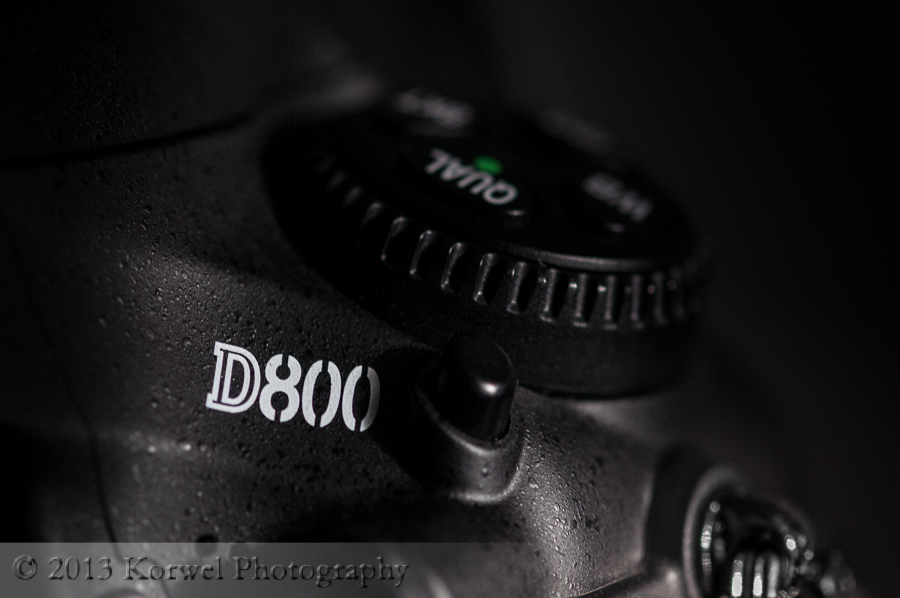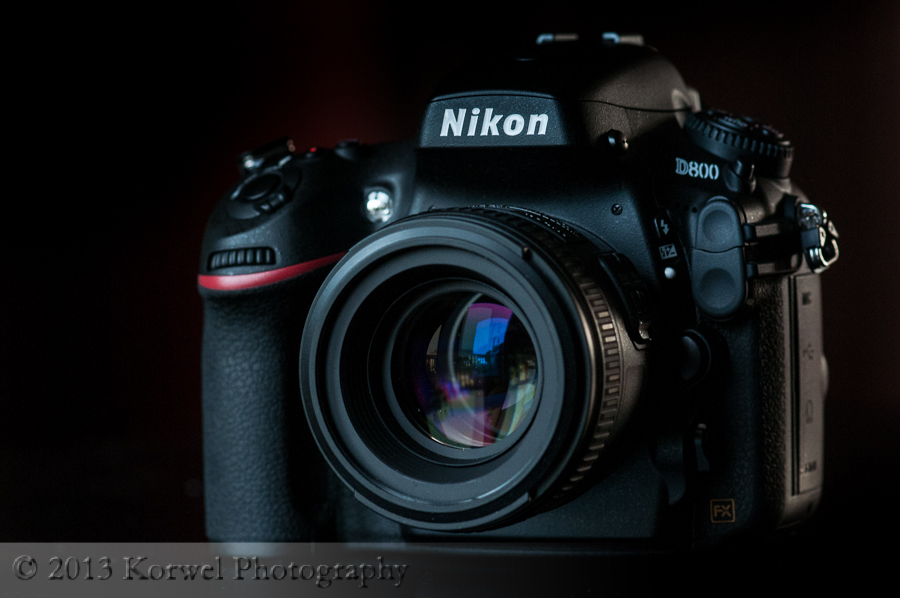Buying new Nikon DSLR – personal perspective
Buying a new camera can be a daunting task. Even if you decided on a brand, like I did, choosing the best model from available options can take a long time. I decided I will upgrade my D300 last fall, and it took until May to make up my mind.
Part of the reason is that I decided to switch to full-frame body, thus I started the process from replacing my DX lenses. Well, more like selling off, actually. I was left with 50 mm only for a while, the experience I shared on blog, before buying back the lens I utilize the most – a macro (105 mm version). While this was happening, I was closely watching Nikon’s choices of bodies.
Just for DSLRs, Nikon currently offers 12 different bodies. It is really not an easy task to pick. You really need to know what is best for you, and what features you really need, and what you can live without. And it all needs to fit some type of budget. I approached it from making a list of the features I would like/need in my new camera, to help narrow down choices. Please keep in mind that your list might be quite different, depending on your experience and shooting style, so keep it is a guide. Whatever you decide to list, Nikon has this excellent tool to compare feature by feature all or selected models- I found it really helpful.
My (short) list contained the following features I decided are the most important for me:
- A Nikon camera ;)
- Rugged, metal pro body for good sealing and well handling abuse
- All basic options like ISO, exposure or focusing mode etc. available as buttons (to avoid searching through long menus)
- Fast frame per second for action shooting (airplanes/air shows)
- High ISO (as improvement over D300)
- At least five frames exposure bracketing (used to nine in D300)
- 1/250th sec flash sync (mostly for Tomasz, who loves playing with the strobes, and insisted it’s important)
When you look at this list of current Nikon offering, there were four models I considered: D4, D600, D800 and D7100.
Top of the line D4 would be my first choice, but I could not justify the price. For a moment, I was seriously considering Nikon D7100, being the newest and with many parameters in line with pro bodies (great ISO, pixel count as D600, 6 frames per second, 2 card slots, 5 frames exposure bracketing…). Until I took it in my hands and was missing all the buttons and easy accessible settings of more expensive bodies. Same happened, in fact, with D600. So, while not the lightest in wieght, and with huge RAW files, I went with D800.
While I was convinced that D800 is not for me (and assured after reading this old Scott Kelby’s post comparing D600 and D800), I am starting to like it. It fulfills most of my list (the slower than I would like frame per second rate being my biggest disappointment). It has more buttons then I ever had, and then you can press them in various combinations, to quickly set far more options than I ever could on D300. The ISO is fantastic, my new standard for lower light is 3400 (lower light is evening on my deck!). The large files fit on my hard drive so far, and offer amazingly sharp images, which can be significantly cropped. Why would I do that? Well, 300 mm lens on full frame camera is only 300 mm… I was used to “cropped-sensor” cheating.
The conclusion? I feel like Nikon currently offers several models similar in price and capabilities (D600, D800 and D7100), each one lacking something, especially compared with my shooting style and what I was used to have avaialable in D300. making a list of most important features helps in narrowing the choices, but you really need to pick up the camera in the store and see for yourself, how will it work for you.
UPDATE (August 17, 2013) – for article on great low light and low noise performance of Nikon D800, check this article on Michael Frye blog.
Pro bodies out of your budget? Take a look at this post on Digital Photography School about choosing the right pro-sumer Nikon body.

